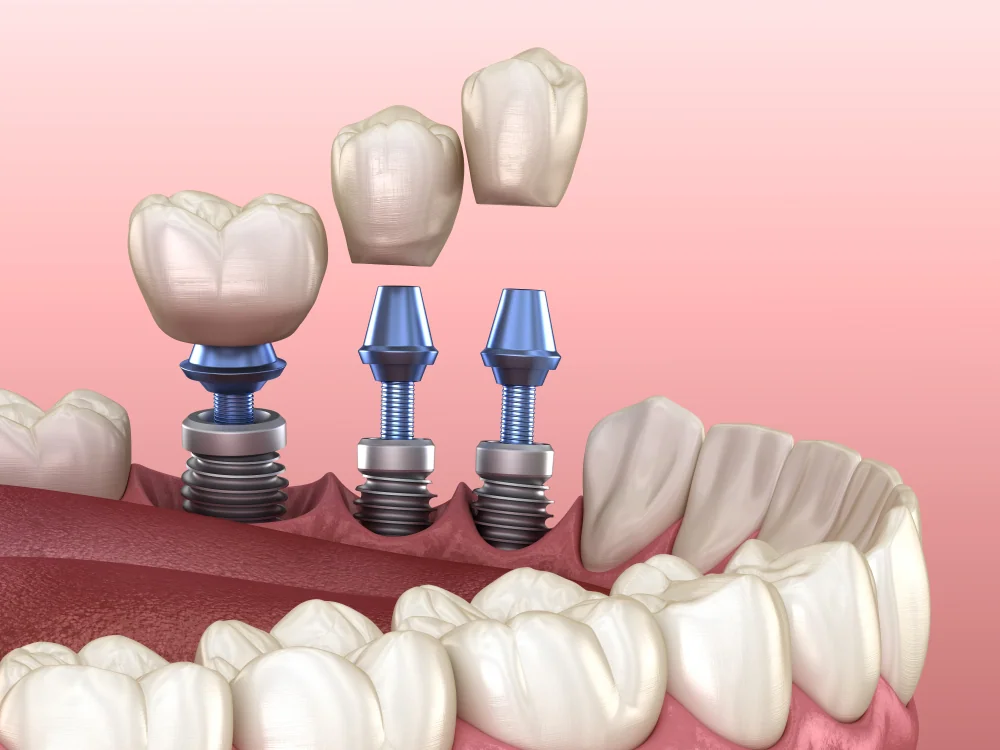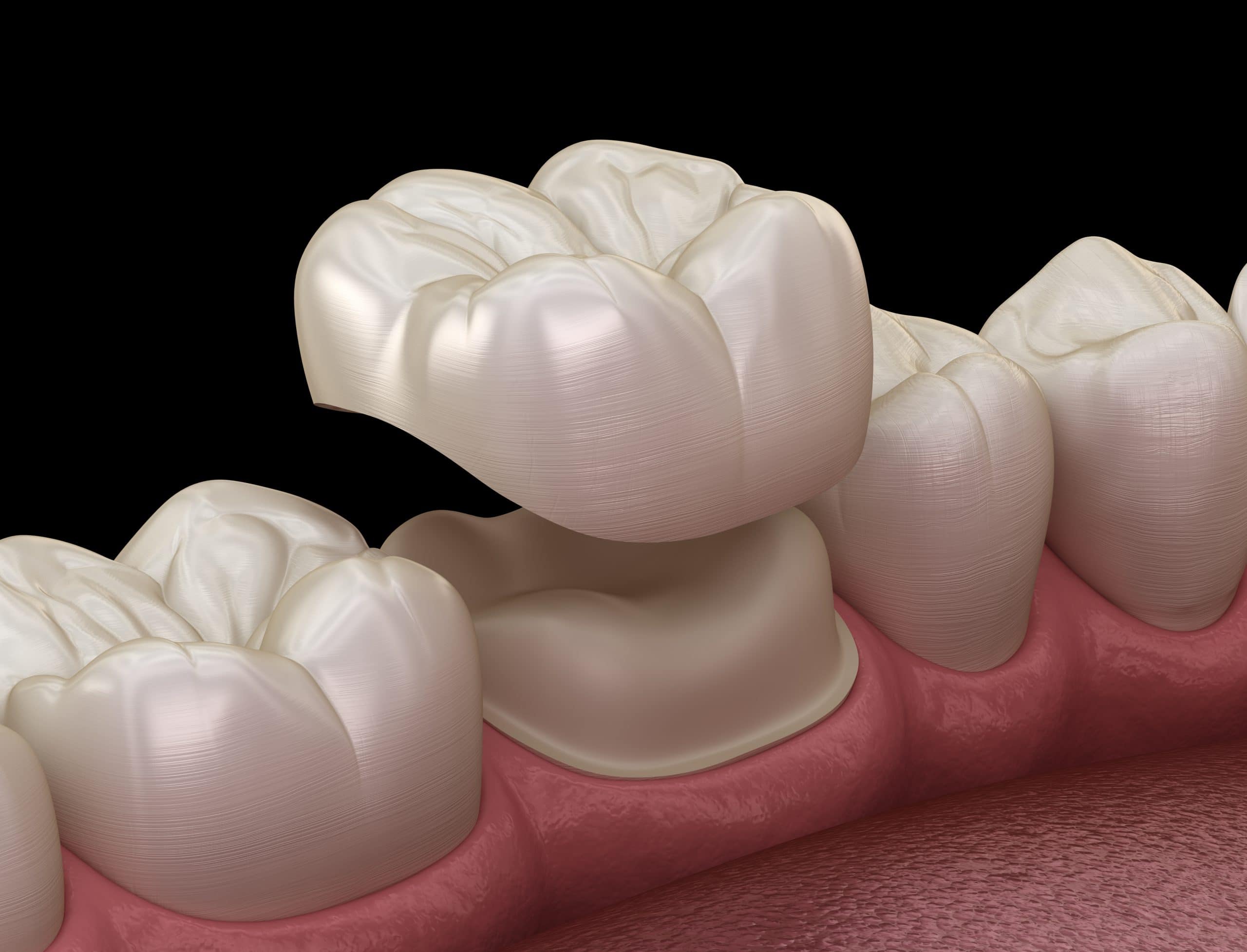Dental Implants: Cost, Types and Procedure
- Posted on Nov. 7, 2023
- Health
- Views 715
Dental implants are a relatively recent advancement in dental care, but they have already gained recognition for their success rates, often exceeding 98%. They offer versatile solutions for those who seek a single tooth replacement or even a comprehensive full-mouth restoration.
Read More

Types of Dental Implants
The choice of an implant depends on the patient's specific needs and the nature of their condition. Today’s medicine offers several technologies:
- Zygomatic implants are a specialized option for patients with significant bone deficiencies. They are anchored in the upper facial bones and are primarily used when a full set of upper teeth requires replacement. One notable advantage of zygomatic implants is their potential cost-effectiveness, as they support multiple teeth with only four posts.
- Straumann implants offer versatility as they can serve as an anchor for various dental restorations, including single crowns, dental bridges, or dentures. These implants utilize titanium, which securely anchors the artificial tooth directly into the jawbone, mimicking the position of a natural tooth's root. One remarkable feature of Straumann dental implants is their compatibility with the body. Using titanium allows for rapid healing of the gum and jawbone without rejection.
- A zirconia implant is a non-metallic, hypoallergenic option made from white ceramic material, serving as a replacement for a natural tooth root. It is typically paired with a ceramic crown, which functions as the replacement tooth. The connection between the crown and the implant is established through an abutment.
- Endosteal implants involve a surgical process in which a screw or cylinder, known as the implant body, is securely embedded into the jawbone. Then, an abutment or post is installed. As the bone gradually grows around the implant body and attains strength, an oral surgeon affixes a permanent crown onto it, completing the restoration.
How the Procedure Works
The process of overdenture may take up to several months and usually consists of these steps:
- Dental Exam: First, your dentist examines your dental health using 3D imaging, like a CT scan.
- Tooth Removal: an oral surgeon or a dentist removes the tooth or teeth to be replaced.
- Bone Graft (if necessary): If you lack enough bone, your dentist may add bone from your body or use synthetic or natural donor options.
- Implant Placement: Your dentist drills into the jawbone and anchors the implant, acting as an artificial tooth root, and promoting bone growth. this procedure requires quite long healing, during which a patient wears a removable denture.
- Abutment Attachment: After 2-3 months, the abutment, holding the crown, is added, and gums are sealed, requiring 4-6 weeks to heal.
- Crown Placement: Finally, a custom tooth implant matching your other teeth is installed using molds or digital impressions after abutment placement.
In some cases, the patient may also get same-day dental implants. In essence, it’s a temporary prosthesis that follows the extraction of a damaged tooth during the same visit. They provide a viable temporary fix, but will eventually need to be replaced with long-term implants for a more enduring solution.
The average cost of dental implants in the USA
The average cost of dental implants varies depending on materials and the manufacturer, and are typically priced at $1,500 to $2,000. However, this includes the implant itself, not the whole procedure. That is why even when choosing cheap dental implants, a patient should add the additional procedures – the crown, abutment, extractions, office visits, pre- and postcare. Consequently, a full dental implants cost ranges from $3,000 to $4,800.
As for full mouth dental implants, the price may reach $60,000 to $90,000.
Affordable Dental Implants: What Are the Differences
For those who find the prices too high, affordable dental implants alternatives are an option. A common choice is dentures that resemble real teeth in appearance and aid in daily tasks like eating and speaking, or dental crowns – a defensive attachment for the damaged tooth made of porcelain or porcelain fused with steel, metal, or gold.
Another option is dental bridges. There are permanent prosthetics that replace missing teeth by spanning over empty sockets and connecting to the existing teeth. In case only one tooth is damaged, a single tooth or mini implant may appear affordable.


